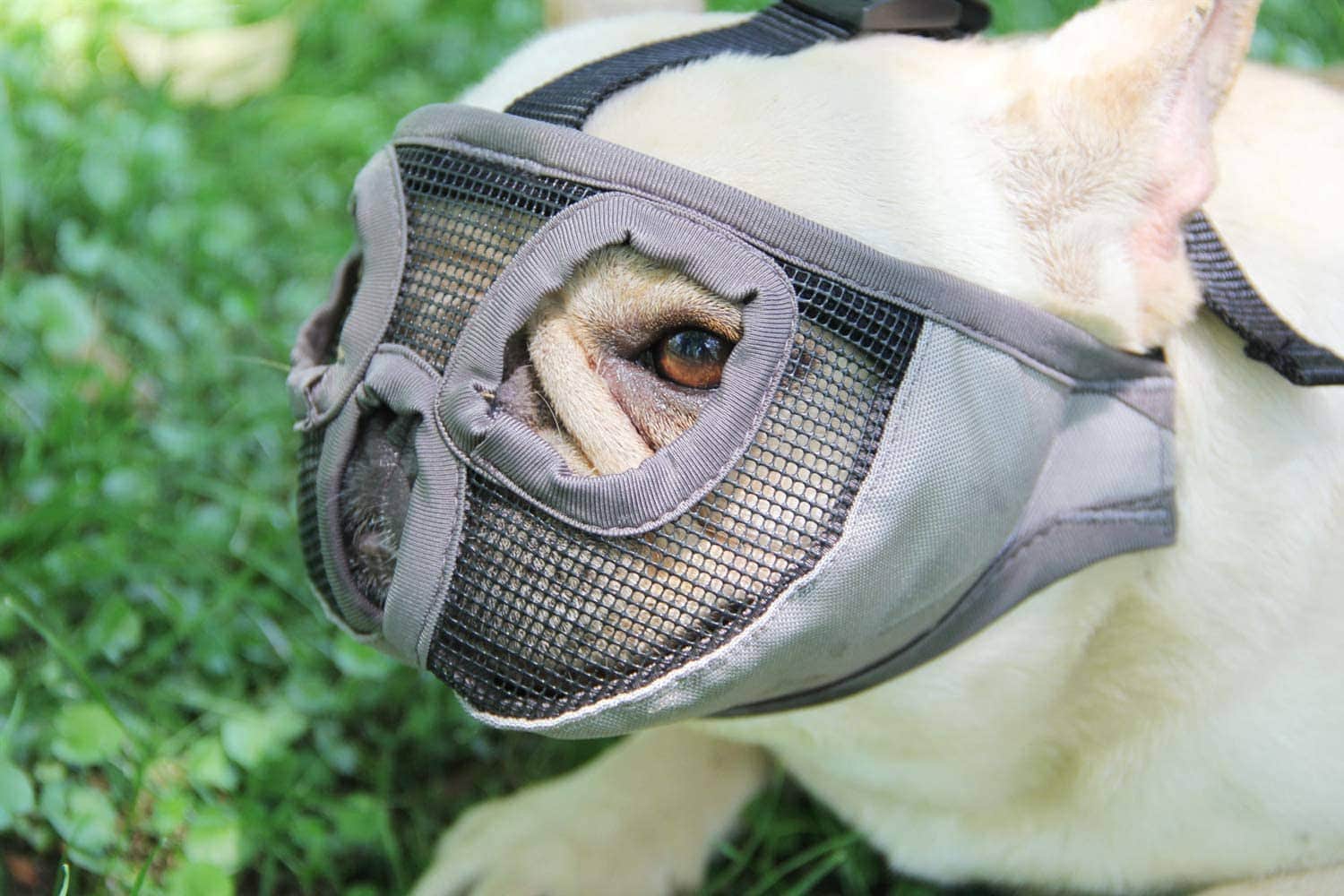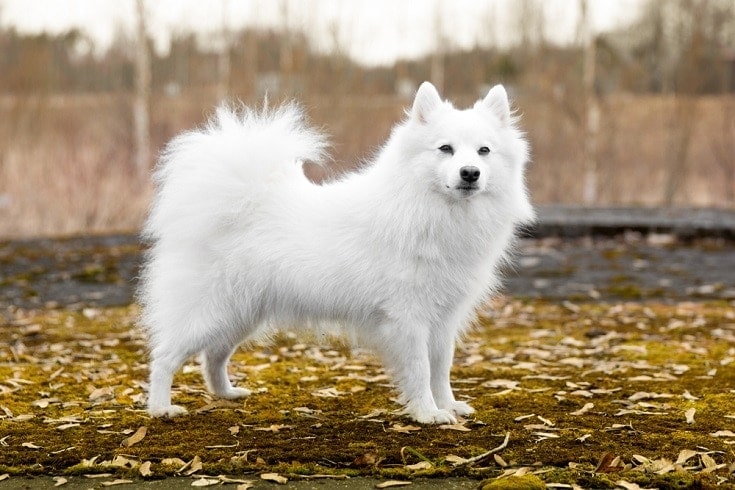How to Heat a Dog House Without Electricity: 12 Effective Ways

Updated on
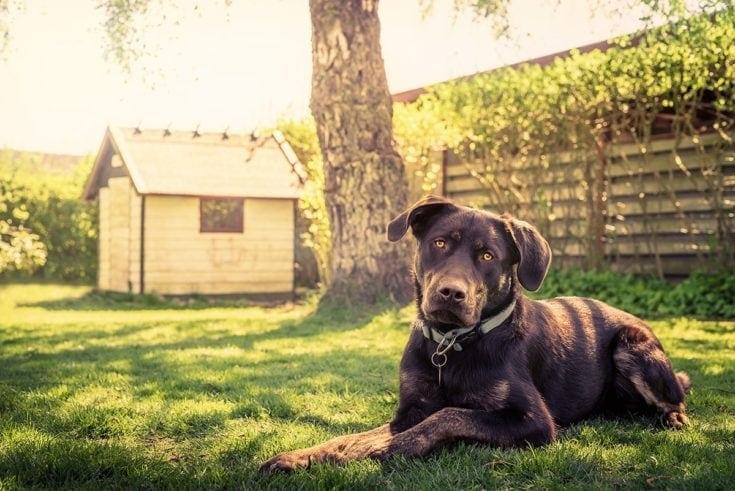
Some dogs prefer living outside no matter what the weather. It’s often tied to their original purpose and its place with the climate. Think sled dogs that endure harsh winters with ice between their pads and wind chills that would test the strongest man.
When outfitting your dog’s outdoor digs for the elements, the first rule is that your pet must be cold tolerant. It’s cruel to expect any modifications to make a warm-weather pooch like a Greyhound comfortable if they don’t have sufficient body fat or a thick enough coat to keep your pet warm.
There are four categories of adjustments to heating a dog house. They include:
- Harnessing nature’s power
- Working with the existing structure
- Giving your pet an edge
- Finding other non-electric ways to add heat
Let’s explore the possibilities for each group. You may find that a combination of methods will work best. The point is that you have several options for finding that optimal comfort level for your dog. Here’s how to keep pets warm without electricity:
The 12 Ways to Heat Dog Houses Without Electricity:
1. Add Sun
Nature has the easiest solution. Humankind has known its secret, going back to 7 B.C. Sunlight, after all, is thermal energy. Think about how hot your car gets in the summer if you forgot to put in the windshield sunshade. Enough said.
Of course, this method has limited applications, depending on where you live. Some places get more sunshine because of the angle of the sunlight hitting a location, based on its geographical location. If you can move the dog house, move its placement to maximize these effects.
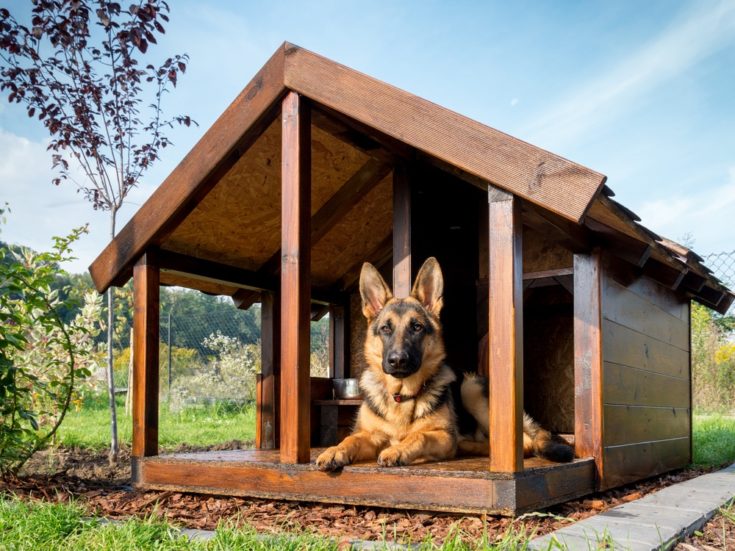
2. Paint It Black
If you’ve heard of the fashion rule about not wearing white after Labor Day, you’re well on your way to keeping your pooch warm. Black absorbs heat better than light colors, something you want to avoid during hot summer days. It works during the winter. White is a classic shade for dog houses, but rules are meant to be broken. Up the temperature with a dark coat of paint on the dog house.
3. Trim It
Obstructions like overhead branches can dilute the sunlight reaching your pooch’s abode. They can diminish the warming effects of sunlight beating down on their house. Optimize the amount of sun exposure by trimming back limbs that are getting in the way of the rays. You’ll be surprised how even a little can make a big difference in the temperature factor.
4. Keep It Small
Your dog doesn’t need a doghouse with a full floor plan. After all, it’s just a place to sleep. Instead of a McMansion, give them a modest ranch house. Remember that they’re going to curl up, anyway. They don’t need luxurious digs. Their body heat will warm the ambient air and go a long way toward keeping them toasty.
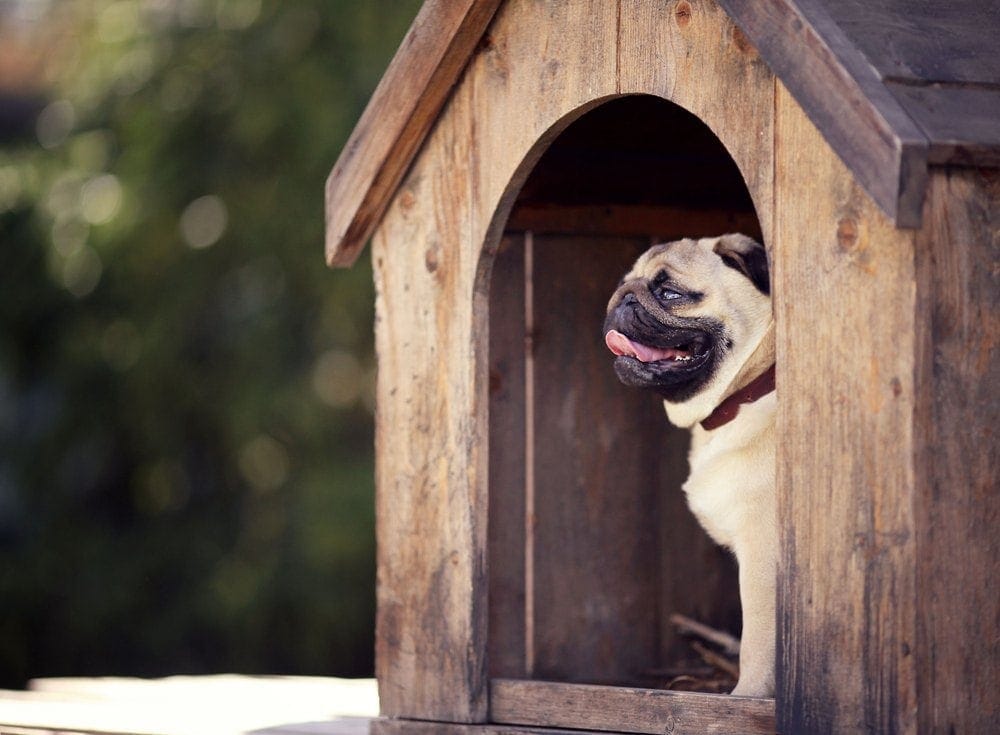
5. Just Add Hay
Hay is an excellent insulator. There’s a reason that you see it in barns. The spaces between the straws trap heat. It’s also inexpensive and easy to replace and less messy versus other bedding materials. We’d suggest putting a cloth covering over the hay to prevent skin irritation.
6. Optimize Air Circulation
The benefits of hay just scratch the surface of ways that you can optimize heat retention. In addition to that material, elevate the doghouse off the ground. Even a few inches make a difference. Remember that the ground freezes, which will transfer the cold to the inside of the doghouse.
Your dog’s body heat will warm the ground underneath the floor of the doghouse. It will also freeze the surface of the ground. The two factors combined will provide an insulating layer that can keep your dog’s house toasty.
7. Insulate It
“House” is the operative word. To keep your dog’s digs warm, use the same things you do for your home—insulate it. The effects are similar. If you live in a continental climate, you can add something that is removable to adapt the doghouse to the season. You have several options. You can add fiberglass insulation. You can go old-school and just make the walls thicker.
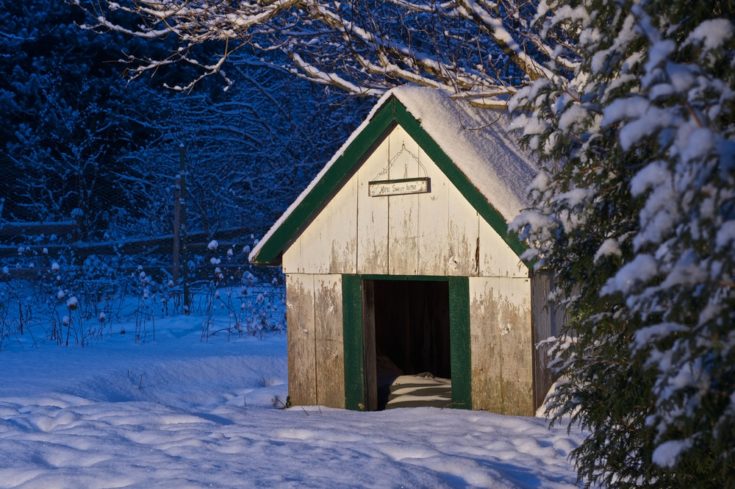
8. Let It Grow
Your dog’s coat is their natural protection against both heat and cold. It works like hay as an insulator that traps heat. Many cold-tolerant breeds have a double coat of fur to help them cope with freezing temperatures. During the winter, you can let it do its stuff. Say good-bye in the summer to improve air circulation to cool them.
9. Add a Coat
Sometimes, a doghouse will only go so far. You have to take charge. While some may think clothing for dogs silly, it can serve a practical purpose, especially if you live in a cold climate. It will keep your pet warm if their house is less than ideal. It can also help keep your dog dry to prevent hypothermia. Something that is closer fitting is better than a coat that lays flat across their back.
Don’t forget their feet!
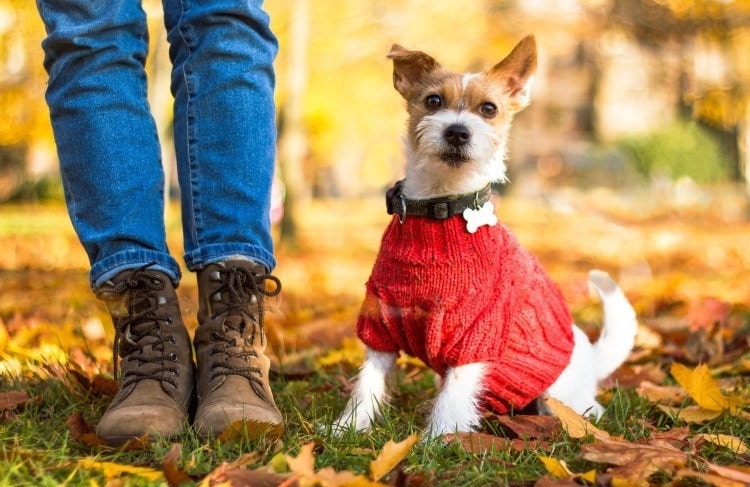
10. Tap Into Solar
Solar power has many applications. There’s no reason that you can’t tap into it as an alternative energy source if electricity isn’t practical. The benefit is that it’s cheaper than trying to provide electricity for your entire household. A small solar panel is enough to provide the juice for an external source of heat.
11. Microwave It
You can also tap into your house’s electricity to provide a comfortable environment for your dog. Microwavable heating pads will stay warm long enough to pass a few hours without worry. We’d suggest wrapping them in a blanket. They are hot right out of the microwave. Covering them will squeeze out the most heat.
12. Tap Into Your House
You can also share the love from your home and pipe the heat into your pet’s doghouse. If it’s close enough to the structure, you can fashion tubing that will transfer the heat passively to keep your pet comfortable. It will involve drilling on the exterior of your house, a valid point to consider.
Final Thoughts About Heating a Dog House
Keeping your dog comfortable in their outdoor house is essential for their health. If electricity access isn’t possible, there are still several practical and affordable ways to keep your pet’s doghouse warm so that they can still enjoy being outside. Combining several techniques will provide a surefire way of ensuring that your best friend has the warmth they need. We hope you’ve learned how to heat a dog house without electricity – the easy way!
Featured Image Credit: Polarpx, Shutterstock



